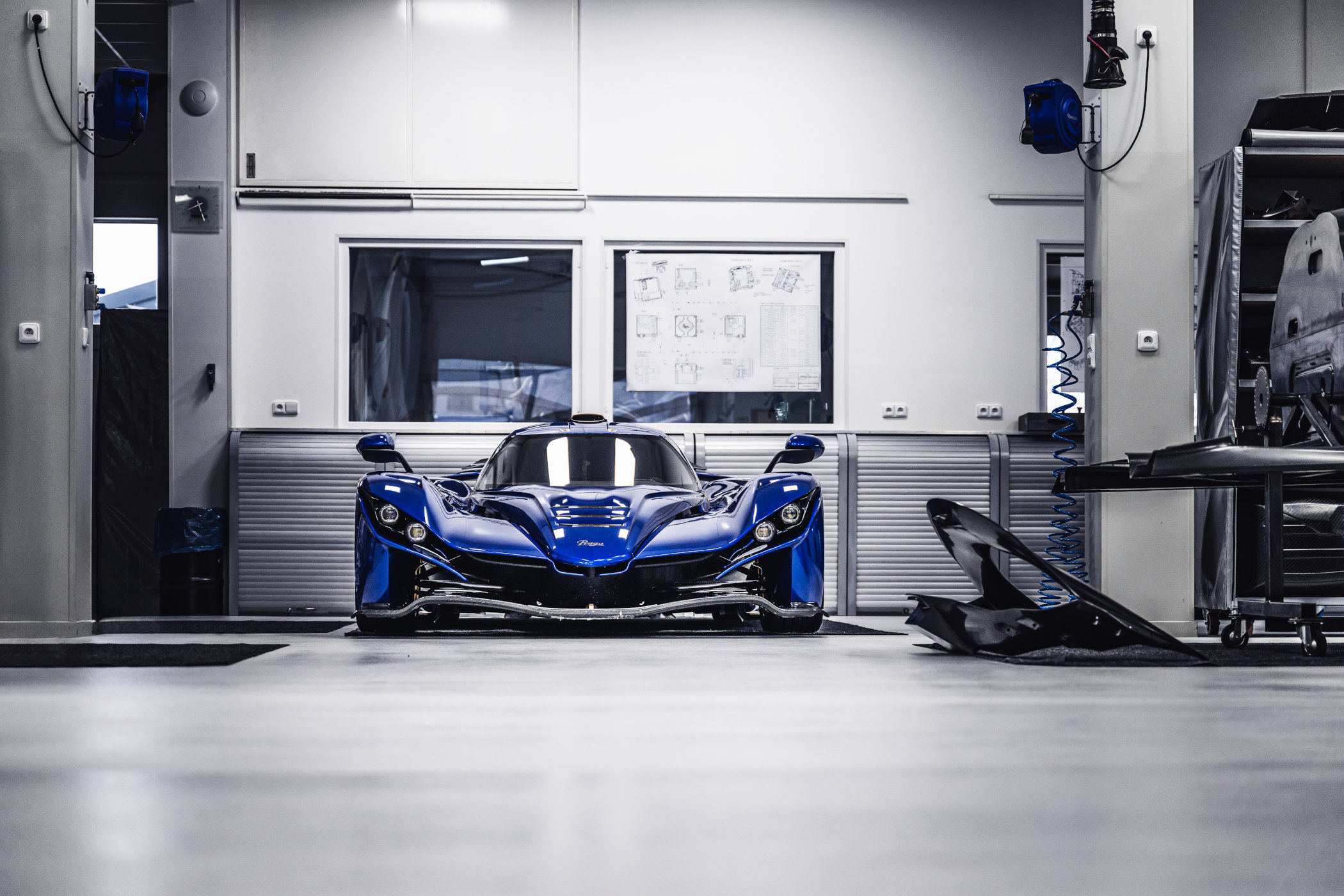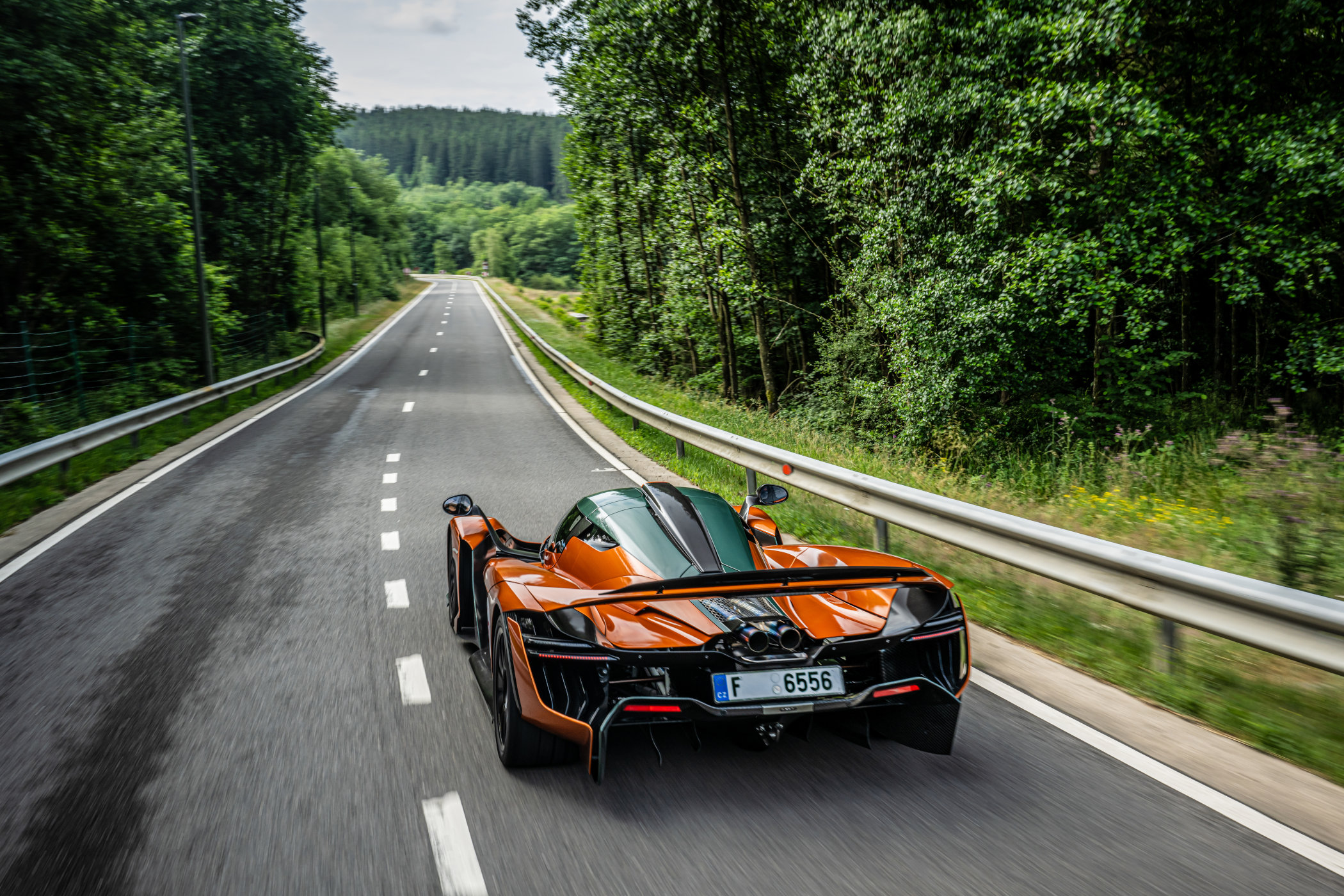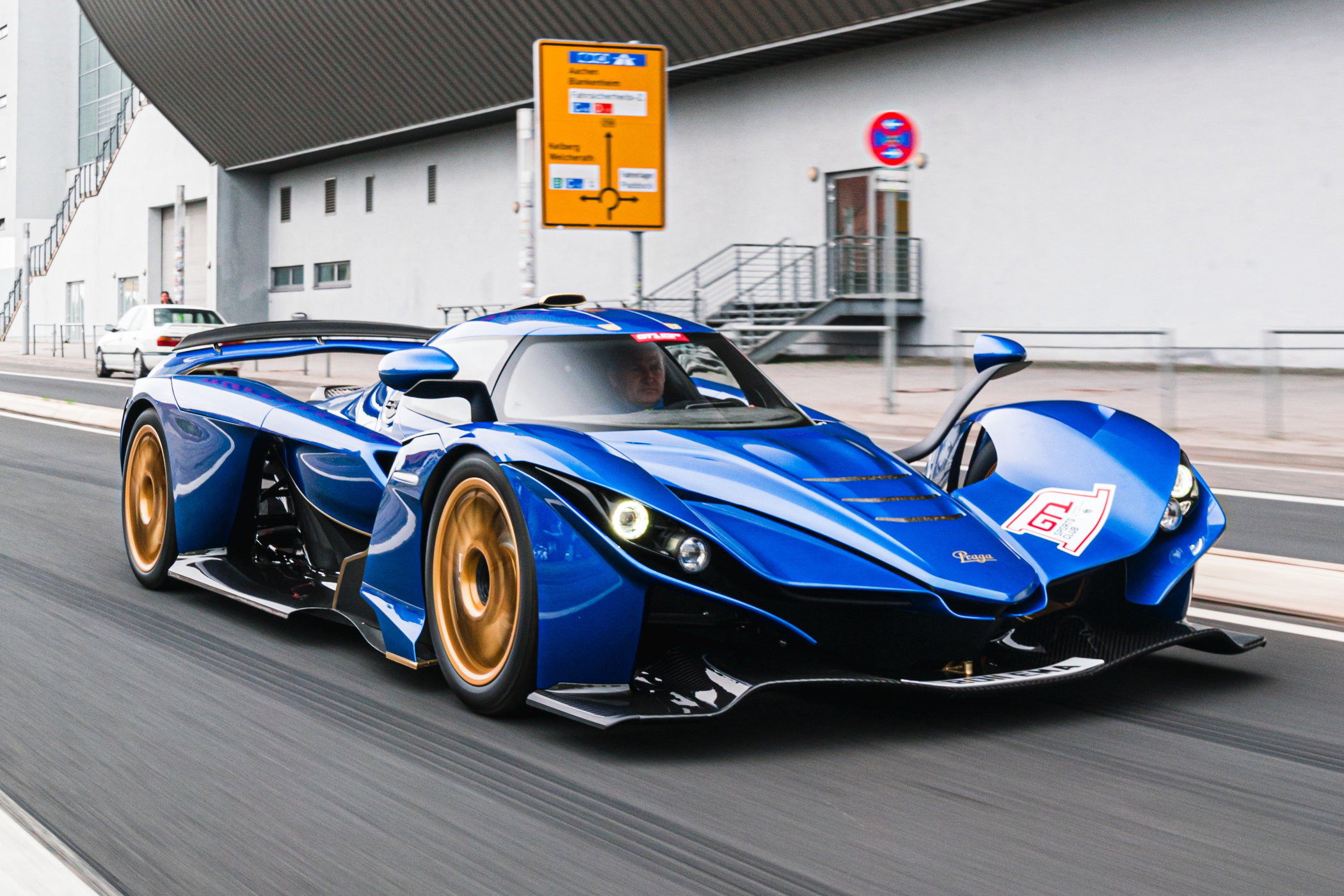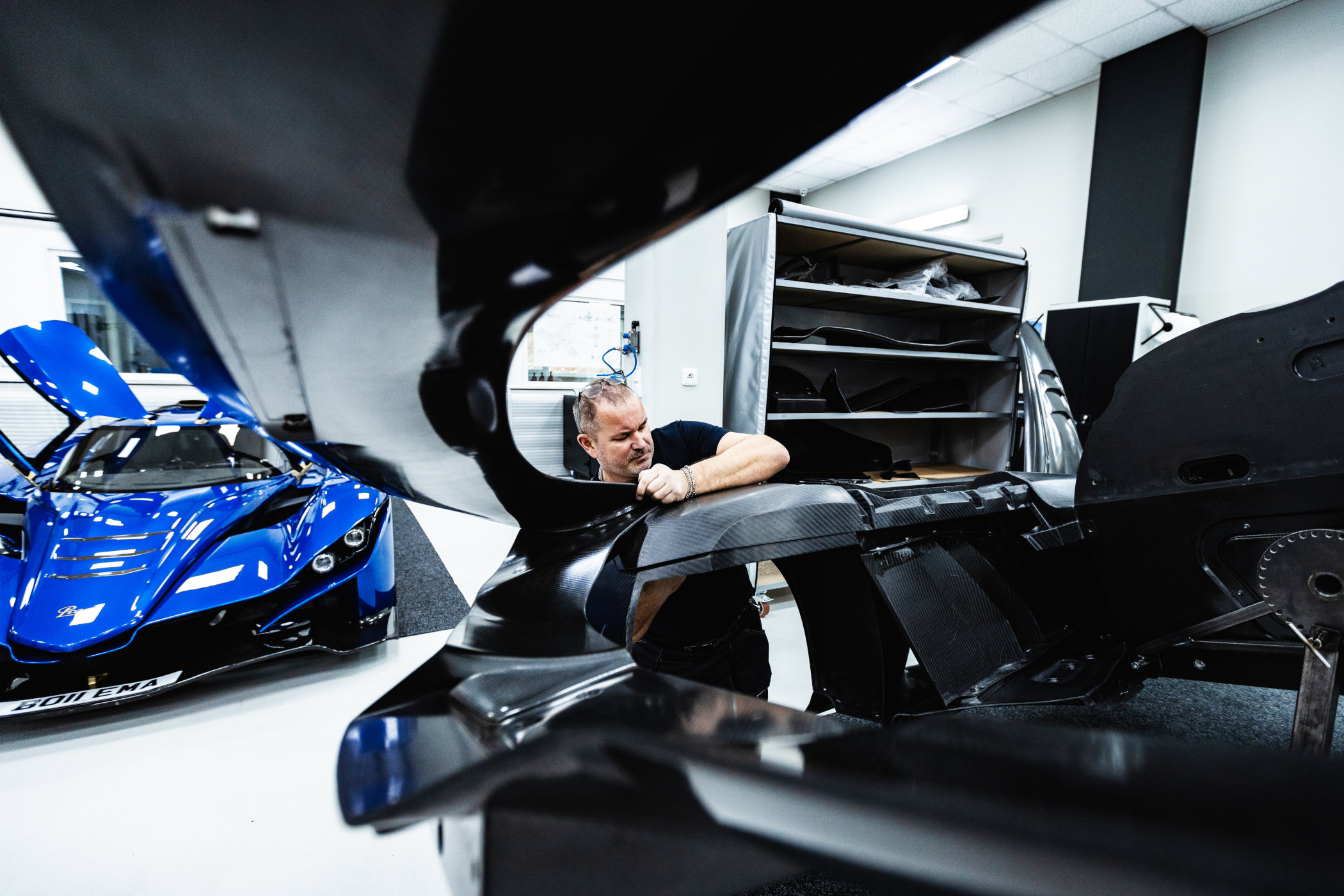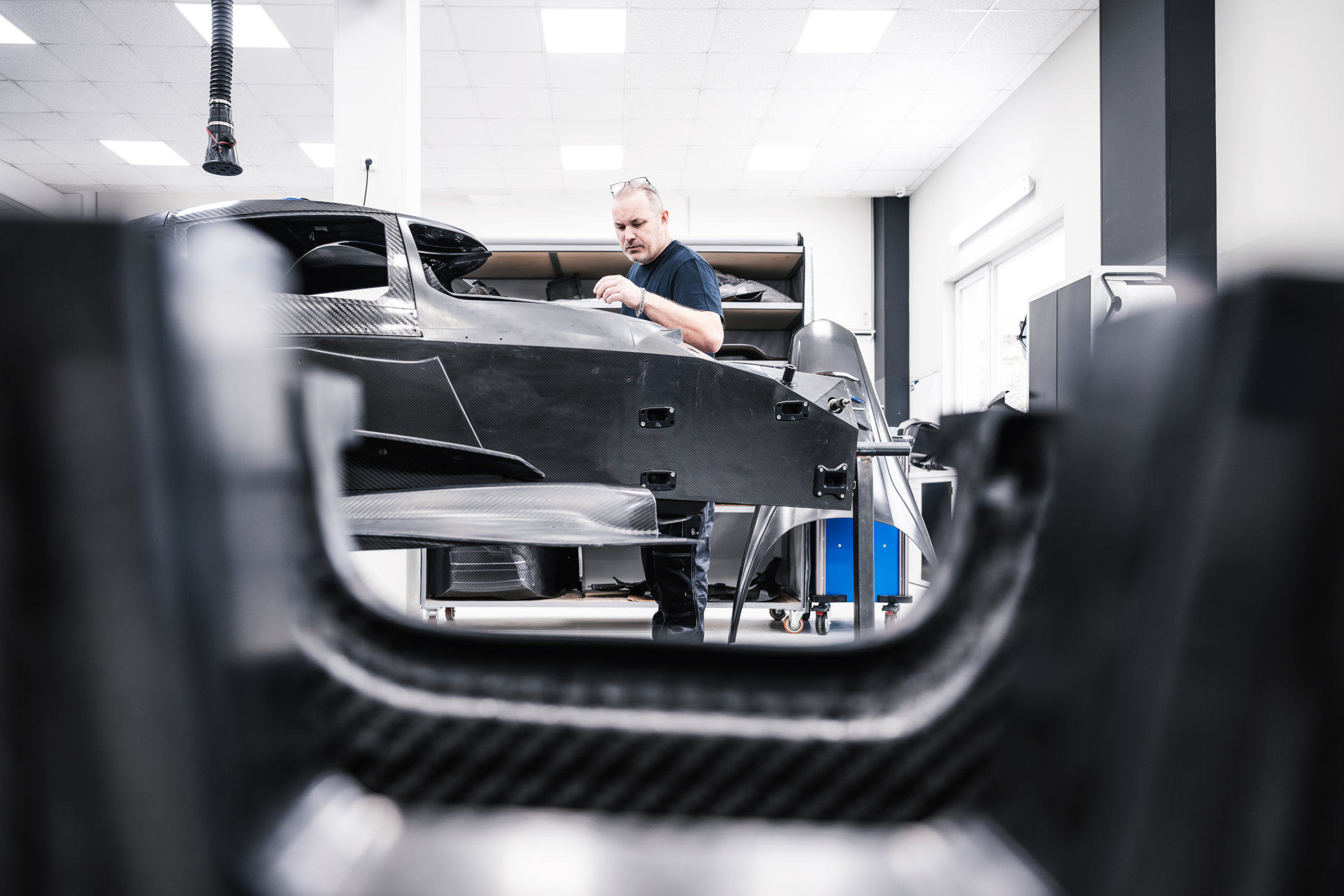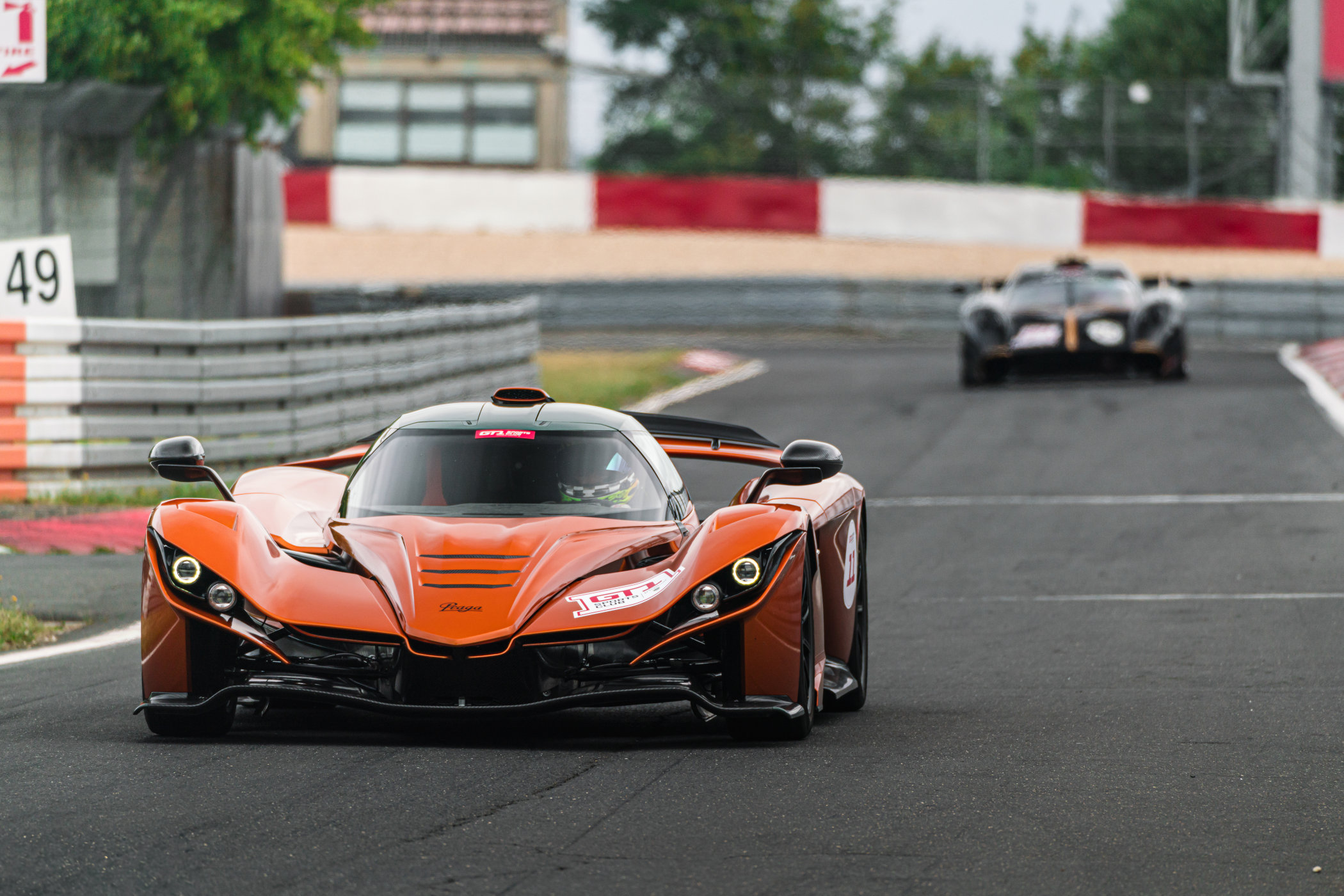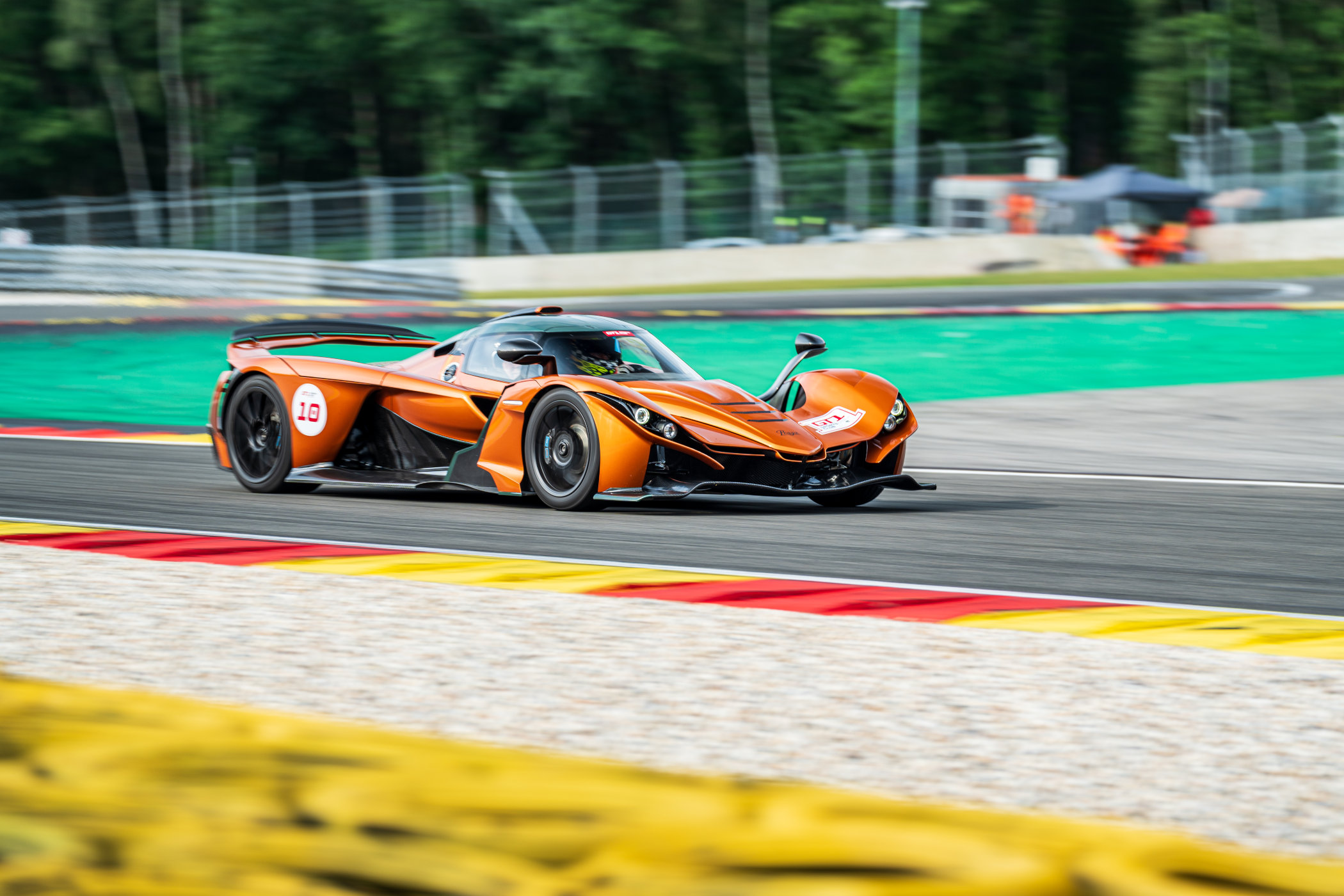The Hand-Built Praga Bohema Hypercar Enters Production
Built by one of the oldest car companies in the world, the Bohema promisses blistering performance both on and off track.
If asked what country builds the best performance cars, what would your answer be? Italy? Germany? England? The answer is very much debatable of course, but I bet none of you would have come up with “the Czech Republic”. And despite that, one of the oldest car companies in the world actually originates from Prague, the capital of what we now know as the Czech Republic. Called Praga, this company has put its Bohema hypercar in production recently, after more than 5 years of development put into it. So, is it any good? I wouldn’t be able to tell you, really, as I have not seen it in person, let alone being allowed to have a go at driving one. But it looks mighty promising, I tell you! With that in mind, let me talk you through one of the latest and possibly greatest hypercars made to date.
From cars to trucks to aeroplanes
The name Praga might not have the allure of Aston Martin, Lamborghini, Ferrari or Porsche but it can look back on a longer history than any of those. The company was founded in Prague, Czech Republic in 1907 and has built all sorts of vehicles for civilian and military purposes. It built everything from cars to trucks, to buses and even aeroplanes. It started as a venture between František Ringhoffer and the First Bohemian-Moravian Machine Works company but the name changed to Praga in 1909.
The company not only built cars, motorcycles and other vehicles under its own name but also engines and gearboxes to be supplied to various other companies. One of the most notable vehicles produced by Praga was the V35 truck used by the Czechoslovak Army for over half a century. Following a bombing during the Second World War, the factories were largely destroyed and shortly after the war, civilian car production stopped entirely. Utility vehicles would be in continuous production though, until in 2011 Praga unveiled the R4S and the company was back to building cars.
By now, Praga is a well-known race car builder and one of the biggest manufacturers of karts with an annual production of more than 7,000 units. It also builds the ZS800 motorcycle based on a 1928 Praga bike, has entered the Dakar rally with the V4S DKR, hosts its own Praga Cup racing series in the UK with the R1 racing car and is set to deliver the all-new Bohema hypercar to its first batch of clients later this year.
The Praga Bohema
The Bohema is Praga’s latest creation and is about to enter production as we speak. It was developed by the Czech company from the ground up with the exception of a few parts including the engine, which I’ll get to later. Built by hand as a track-focused hypercar, the Bohema is said to deliver breathtaking performance thanks to its very low kerb weight, advanced aerodynamics, and power to match.
It starts with an in-house built carbon fibre monocoque chassis and body structure. Extensive weight saving and use of space-age materials keep the weight down to just 982 kilos, which is quite an achievement for such a car! Praga’s race car expertise shines through from end to end, with a very low frontal area, swooping wheel arches, a narrow cockpit and lots and lots of tunnels, flaps, inlets, outlets and wings to let the air neatly flow over it. The design has been tested and perfected in a wind tunnel with the help of an F1 racing team (Praga doesn’t mention which one). Praga claims that it hits over 900kgs in downforce at a speed of 250kph, which is extremely high for a road car. The result is a very edgy and dramatically shaped car that has a real sense of purpose. It’s essentially a car built with racing in mind yet fitted with a license plate.
Engine-wise, Praga uses the twin-turbo 3.8-litre V6 engine from the Nissan GT-R, feeding power through a manually operated 6-speed sequential transmission by Hewland. Although the standard block is already very potent, Praga ups the output to 700 horsepower and 725Nm of torque. Combine that with the sub-1000 kilos the car weighs, and you end up with a power-to-weight ratio of 1,40 kilos per horsepower. And to put that number in perspective, that’s better than the current Le Mans Hypercars! Praga promises a 0-to-100kph acceleration of less than 3.5 seconds and a top speed of well over 300kph.
The cabin gives space to two people, although you have to be quite friendly with your passenger, as the cockpit is quite narrow. Everything on the inside is designed with perfection in mind, and finished by hand. The steering wheel has paddles behind it to shift through the gears, a screen in the centre for the speed, revs, gear, temperature and so on, and buttons for the indicators, horn and lights beside it. Despite the very focused nature of the car, you do get some creature comforts like air-conditioning, a luggage compartment and suave Alcantara seats. The seating position is very low, almost like a Formula race car, which I imagine only adds to the visceral experience the Bohema will deliver when it hits the road.
Ben Collins approved
Over the past year or so, Praga has put the Bohema prototype through its paces and enlisted the help of some very prolific racing drivers, including one Ben Collins. For those not familiar with the name, which I can fully imagine, Ben Collins was the one who portrayed The Stig (the white one) for Top Gear. And no, it was not Michael Schumacher. That was just a little stunt Clarkson, Hammond and May pulled to get the Ferrari FXX to hit the Top Gear track.
Ben Collins is a professional racing driver who is employed by Praga as the company’s development driver. Honing the Bohema to perfection, it is now entering production and is scheduled to be delivered later this year. And clients best prepare because, from the looks of it, the Bohema will have boatloads of mechanical and aerodynamical grip to the point it will take some genuine skill to handle this at high speeds! Hearing Ben Collins say it is one of the fastest, if not the fastest car he’s driven around the Top Gear track in Dunsfold should paint a pretty vivid picture.
The price for this laser-focused performance and dedication to power-to-weight, you ask? A cool EUR 1,36 million a pop. So, yes, another rich man’s toy for sure, but one to promise some record-setting performance in the process!
For more information, please visit PragaGlobal.com.
Editorial Note: All images used to illustrate this story are provided by, and used with permission of Praga Cars unless stated otherwise.


